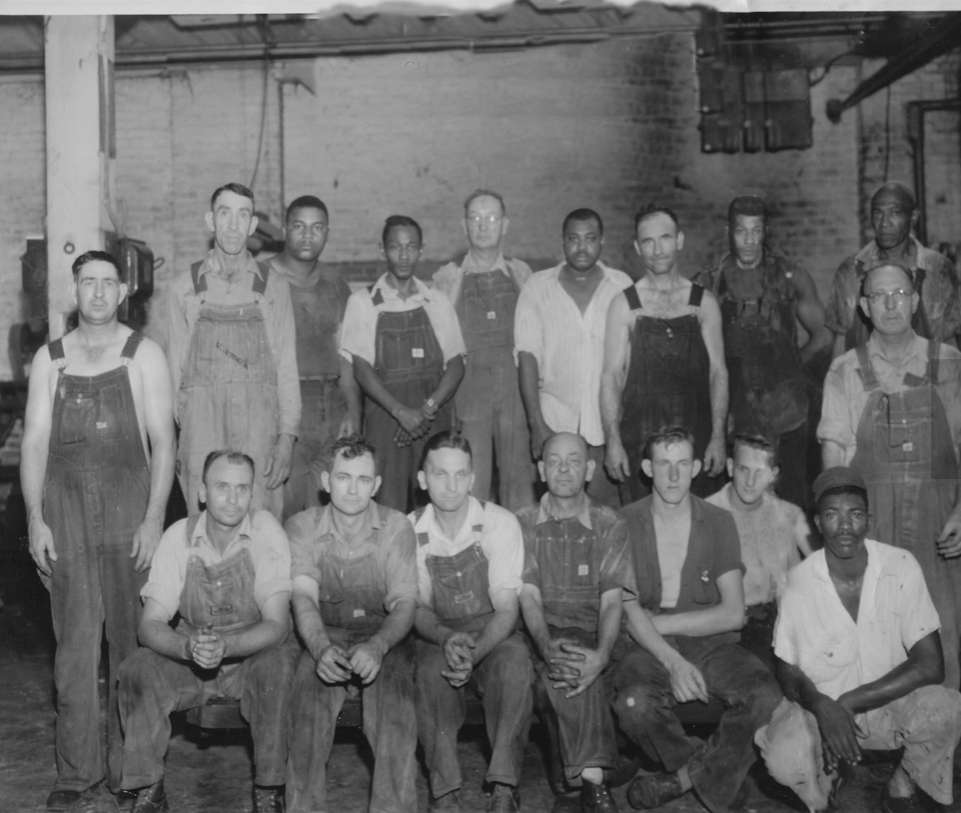Sugar Hill was officially incorporated in 1939. Despite its youth in comparison to other cities, it has a long history that dates back hundreds, if not thousands, of years into the past.
The history of Sugar Hill is characterized by diversity. Native Americans were once present in this area, and over time other ethnic groups have had an influence on what is now modern-day Sugar Hill.
Historically, Sugar Hill has not had a large Black American community up until the mid-1900s. The immediate Sugar Hill area had mostly agricultural and gold mining industries, but the Black population tended to center around Buford — the commercial and industrial heart of this part of Gwinnett County. However, through careful research with census records, vital records and other treasures of information, we find Black families living in Sugar Hill, some doing local farming, and others staying in the community even if their livelihoods depended on businesses in Buford. These records help us get to know Black Americans who would otherwise not be mentioned in the history books. These individuals were important to communities like Sugar Hill and our collective history as community.
Two such individuals, discovered through census records, were L.T. Casey and Robert Walker. They lived in what is now Sugar Hill during the first part of the 1900s. Neither man was famous, but both hopefully lived their lives in quiet harmony with their community in Sugar Hill. L.T. worked in the local tannery, and Robert was a farmer in the Sugar Hill community. Both were likely one generation removed from slavery.
In the 1930 census records, L.T. Casey, and his wife Louise were both 23. They had been married for two years and had no children. L.T. and Louise rented their home in Sugar Hill. Louise was not involved in an occupation at the time, but L.T. was employed as a leather graner at the local tannery. A graner would have tanned or finished leather from the hides of animals, and L.T. contributed to the industry that was prevalent in and around Buford. The census records indicate he was a wage or salaried worker, which signified that he held a permanent position due to his expertise in the trade.
L.T.’s father, Doc “DR” Casey, was born in 1864. In 1890, “DR” is listed in census records for the Sugar Hill community as a “freedman” owning property, livestock, furniture and merchandise. DR had created a home for this family and left a legacy through L.T. and generations of the Casey family.
Robert Walker, in the 1930 census records, is shown living near what is now Sycamore Road in Sugar Hill. Robert, and his wife Elsie, had four children in the household. He was 60 years old at the time of the census, and she was 20 years younger. Their children — Olivia, Charley, Bornice and McGuire, ranged in age from 20 to 8. Robert’s occupation is listed as a farm laborer. Sugar Hill, at the time, was mostly an agricultural community and he more than likely worked to support a local farming operation. Robert is listed as a renter of the property. Charley’s occupation is listed as a delivery boy in a meat market, but history does not disclose to us whom he worked for in the 1930s.
The stories of individuals like L.T., DR, Robert and Charley are important stories to know and tell, and Sugar Hill is proud of these men and their legacy in our community. Thank you to Stephanie Isaacs for working to uncover these stories of Black Americans in our community. Over time, more discoveries will be made about these individuals and more stories will be rediscovered about other individuals who contributed to the history of our community. It is through the stories of individuals that our past is brought to life.




